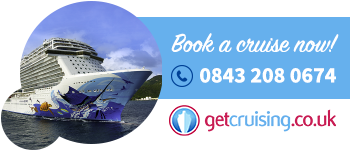knitter46,
Your flight to PVR is a testement not only to aircraft design and engineering, but also their maintenenace. The aircraft you are flying to PVR on will be in the air for approx. 23.75 hours with only a 2 hour break inbetween, plus a 45 minute tech stop. Most of that will be at cruise, but still, you try working that long with only those breaks!!!! Aircraft are designed to be in the air rather than sat on the ground so it's not a problem. Aircraft have rest periods in between flights where they are checked, maintained and rechecked before their next flight. Any minor faults will be picked up here if it's required (I'll not go in to Minimumum Equipment Lists, too complicated for here!) or the aircraft repaired before being sent on its way. They are built to take the abuse becasue as xzbit says, an aircraft sat on the ground is costing the airline money, not bringing in revenue. Commercial aircraft have extensive maintenance schedules broken down in to A, B, C and D checks. They have schedules downtime for these throughout the year. A checks are routine and done regularly, a bit like a car service, through to D checks which are done every few years where the aircraft is stripped to its component parts, each one checked then the aircraft rebuilt. They're like new after a D check. Aircraft are rested a few hours between flights but they don't really need it. It might sound strange, but an aircraft is more likely to suffer damage while resting than it is while flying. They are just complex machines, and designed to be working, not resting.
In term of the number of engines, reliability and power used to be a problem. The Boeing 747 for example has 4 engines because it needed them to provide all the thrust when it was first designed over 30 years ago. Engines weren't as reliable as they are these days so that's why most aircraft now have only 2 engines. They can provide the necassary thrust and are reliable enough. The exception are what are known as ETOPS flights. This acronym stands for 'Extented Twin Engined Operations' and essentially governs where a twin engined aircraft can operate. Currently, the maximum ETOPS rating is 180 (likely to increase), ie it can operate within 180 minutes flight time of an airport. The aircraft you are flying to PVR on operates under these rules. For the most part, this allows aircraft to fly pretty much anywhere, ie over water and land where there are airports withing 3 hours, However, if you are crossing large water bodies or remote areas where there isn't a suitable diversionary airport, then you must have an aircraft with more engines. Hence the Boeing 747 and Airbus A340 have 4 engines for operating in these areas. Aircraft are well thought out and every scenario is taken in to account!
Don't worry about the aircraft, it'll get you there and back in comfort and safety. Have a great time,
Darren
 which means there good chance our flight will be on time tomorrow (thanks darren for data to follow this)
which means there good chance our flight will be on time tomorrow (thanks darren for data to follow this)

 Thanks
Thanks






